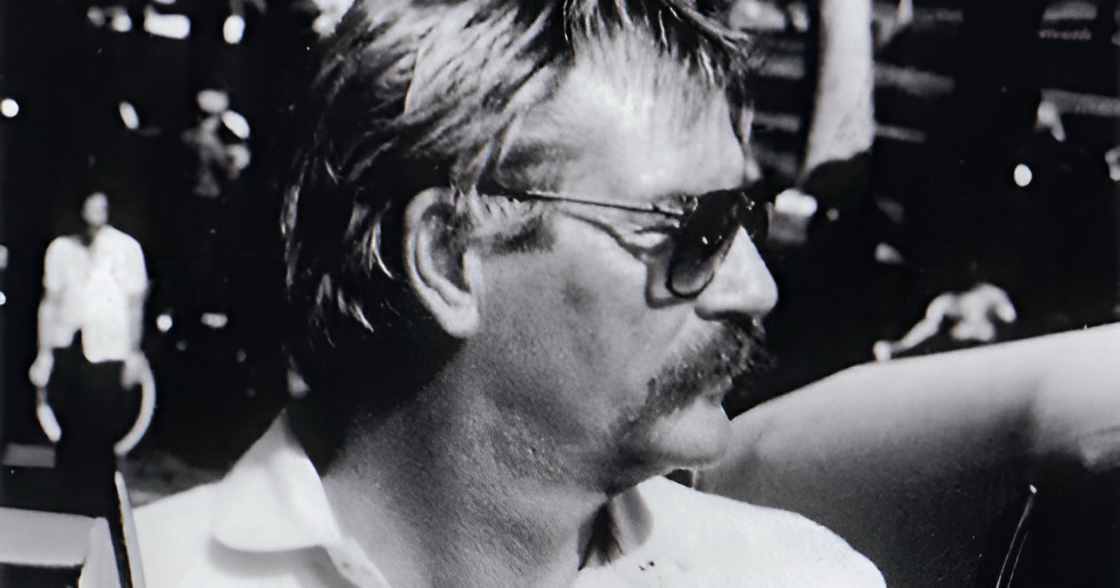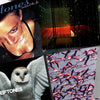Cool by Design: 10 of the Best Reid Miles Blue Note Album Covers
- por {{ author }} Luke Sardello

Cool by Design: 10 of the Best Reid Miles Blue Note Album Covers
Before streaming playlists and thumbnail art, there was the Blue Note record cover — the perfection of style, rhythm, and modernism. At the center of that design revolution was Reid Miles, the graphic designer whose minimalist typography and striking layouts helped define the visual identity of modern jazz.
From the 1950s through the mid-1960s, Miles created more than 500 covers for Blue Note Records, transforming jazz packaging into fine art. Working closely with photographer Francis Wolff and founder Alfred Lion, Miles blended black-and-white portraits with bold typography, daring color overlays, and a sense of motion that perfectly matched the music inside.
His designs were pure visual jazz: spontaneous, balanced, and impossibly cool.
Here are 10 of Reid Miles’ greatest Blue Note album covers — timeless examples of how design can swing as hard as the music itself.
1. Herbie Hancock – Takin’ Off (1962)

Miles captured Herbie’s debut with perfect simplicity: a clean sans-serif layout, angled composition, and striking black-and-white portrait offset by soft orange tones. It feels like lift-off — graphic design that mirrors the sound of “Watermelon Man.”
🎨 Why it works: restraint, rhythm, and space.
2. Lee Morgan – The Sidewinder (1964)

Perhaps the most famous Blue Note cover ever. Miles used Wolff’s iconic photograph of Morgan mid-blow and anchored it with a bold, blocky typeface running horizontally across the sleeve — a layout that influenced countless 1960s LPs (and even hip-hop covers decades later).
🎨 Why it works: energy frozen in motion.
3. Dexter Gordon – Go! (1962)

Proof that minimalism can shout. Large red letters dominate the sleeve while Dexter’s cool, contemplative profile floats in white space. It’s design as punctuation: bold, confident, perfectly balanced.
🎨 Why it works: typographic rhythm equals musical rhythm.
4. Horace Silver – Song for My Father (1965)

That sepia portrait of Silver’s father, combined with sky-blue text, radiates warmth and nostalgia. Miles’ understated composition gives space to the emotion — a quiet, elegant design for one of Blue Note’s most personal albums.
🎨 Why it works: sentiment meets simplicity.
5. Grant Green – Idle Moments (1964)

A soothing study in blue. Miles uses monochrome photography, lowercase typography, and perfectly weighted negative space to create calm visual flow — just like Green’s guitar tone.
🎨 Why it works: design as mood music.
6. Art Blakey and the Jazz Messengers – A Night in Tunisia (1961)

Miles turned a simple photograph of Blakey into a kinetic burst of color and geometry.
Vibrant red and yellow accents slice across the black-and-white portrait, echoing the record’s Afro-Latin intensity.
🎨 Why it works: visual percussion.
7. Jackie McLean – Let Freedom Ring (1962)

With its raw typography and high-contrast image, this cover feels almost revolutionary — which fits perfectly for an album recorded during the Civil Rights era. Miles’s composition breaks his own grid rules, suggesting both tension and liberation.
🎨 Why it works: design with political soul.
8. Joe Henderson – Page One (1963)

Cool, confident, and composed — just like Henderson’s tenor. The mix of lowercase typography, grayscale photo, and bursts of bright teal gives it a mid-century timelessness.
🎨 Why it works: simplicity made eternal.
9. Hank Mobley – No Room for Squares (1963)

Miles had fun here — literally turning Mobley’s portrait into a grid of offset squares, visualizing the title while still keeping everything balanced and rhythmic. It’s clever without being cute.
🎨 Why it works: conceptual design that still swings.
10. Freddie Hubbard – Hub-Tones (1962)

One of Miles’ most striking layouts: Freddie’s introspective pose offset by oversized typography in alternating white and blue. The lettering feels like jazz phrasing — bold, syncopated, but always in control.
🎨 Why it works: typography that sings.
🎶 Reid Miles: Jazz Modernist
Reid Miles wasn’t a jazz musician — he reportedly preferred classical music — but he understood the visual language of jazz better than anyone. His designs used photography like melody and type like rhythm, improvising within structure to create something unmistakably alive.
He turned album art into modernist poetry — and even 60 years later, his influence echoes through everything from hip-hop design to minimalist branding.
Reid Miles proved that album art isn’t decoration — it’s storytelling. Every Blue Note cover he touched became a statement of sophistication and soul, proof that graphic design could groove as deeply as a bassline. When you see one of his covers across a record store floor, you don’t just recognize it — you feel it.


 Camisetas y gorras Josey
Camisetas y gorras Josey Bolsas para discos Selektor
Bolsas para discos Selektor Exclusivas de Josey
Exclusivas de Josey Compañía Skylark Soul
Compañía Skylark Soul 



